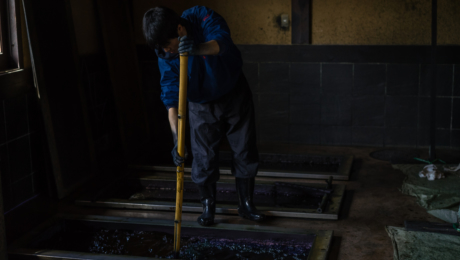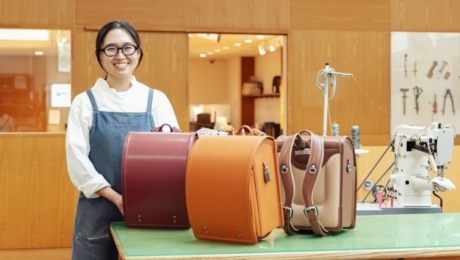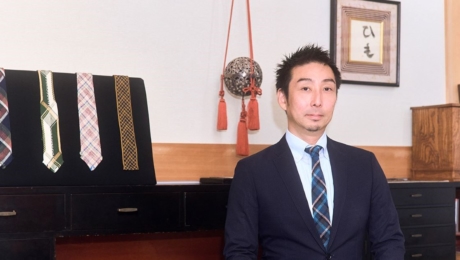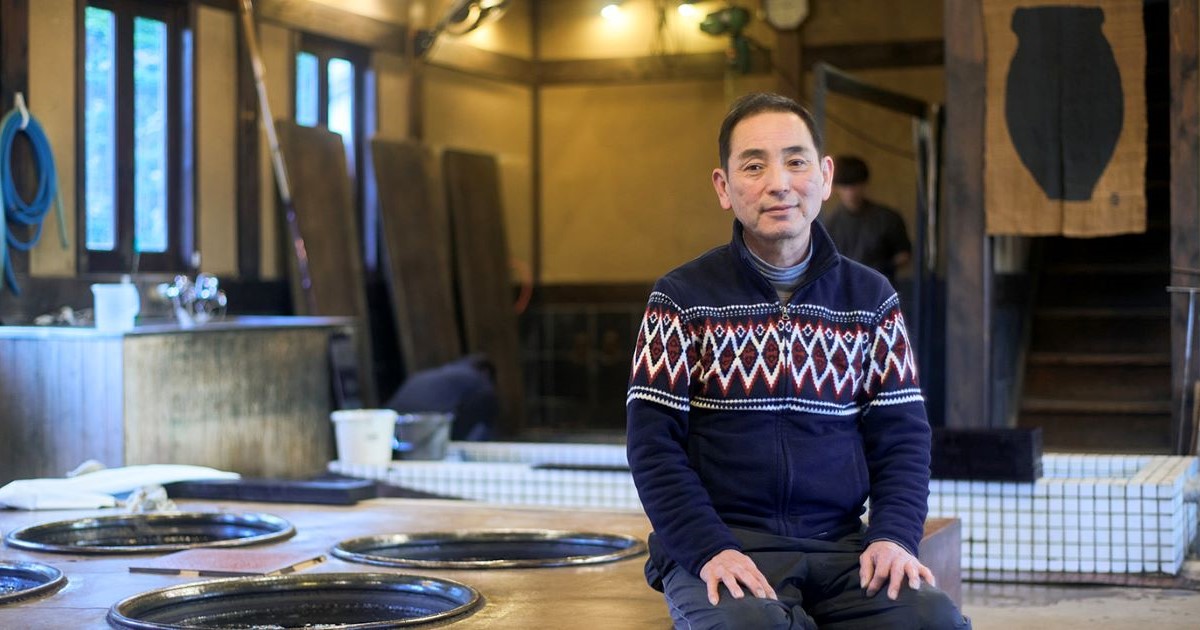
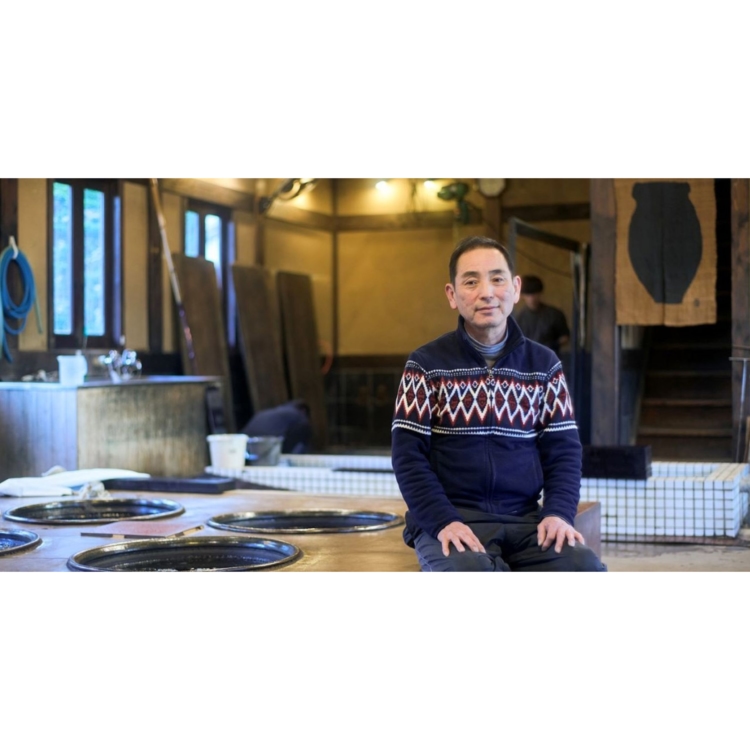
A World in Natural Indigo: Global Vision at Ome City’s Murata Dyeing INDUSTRY
2025.02.04
FASHIONTokyo’s Ome City was once renowned as a hub for textile production. “When I was a child, there weren’t just a few weaving workshops in the neighborhood—there were a hundred. The rhythmic clatter of looms echoed from early morning as I played with friends on my way to school,” reminisces Noriyuki Murata, lead craftsman at KOSOEN, the indigo dyeing workshop run by Murata Dyeing INDUSTRY, Inc., a family business operating in Ome since 1919.
Indigo dyeing, a traditional Japanese technique using plants from the buckwheat family, is celebrated globally for its rich, vivid hues. Under Murata’s leadership, KOSOEN preserves the centuries-old natural indigo lye-fermentation method, a technique dating back to the Edo period. This rare and time-intensive approach avoids synthetic chemicals, relying solely on natural materials to achieve the unparalleled softness and beauty of natural indigo.
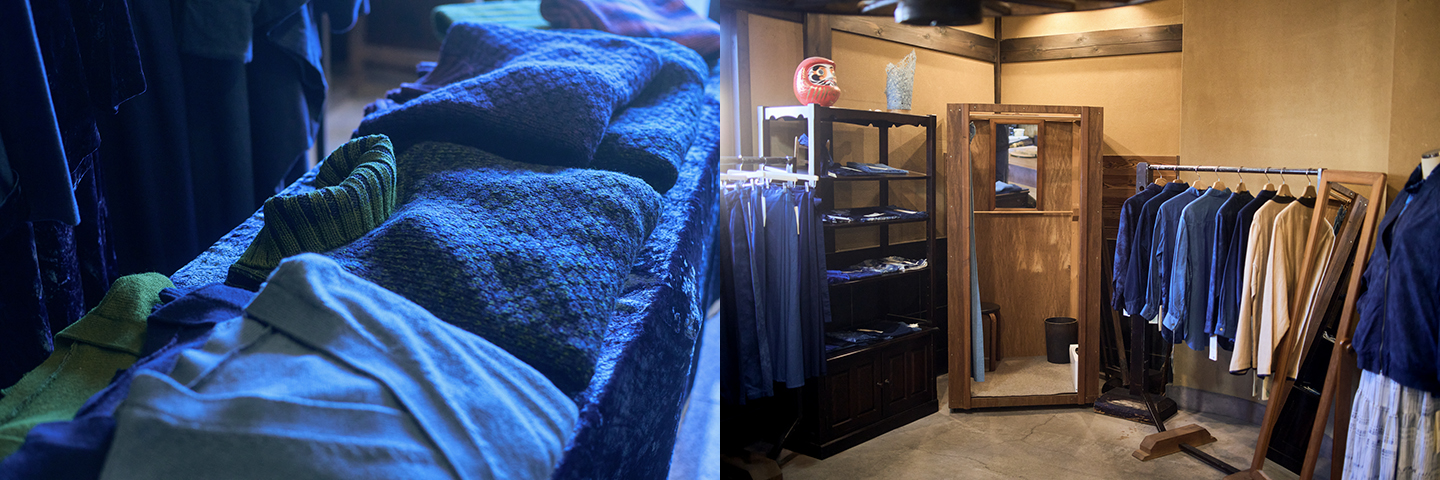
In his university years, Murata’s older brother Hiroshi became the third-generation president of Murata Dyeing INDUSTRY. At the time, the textile industry was in decline following the oil crisis. To sustain their family business, the brothers worked to revive Omejima, a woven fabric native to Ome. Made with naturally dyed cotton threads and silk, it was a beloved everyday fabric in Edo times but had long since disappeared. Recreating this lost local treasure became their beacon of hope for the company’s future.
“To master indigo dyeing, I traveled across Japan visiting workshops, but few were willing to share their techniques. Many, it turned out, used synthetic dyes, and workshops preserving traditional natural indigo methods were almost nonexistent,” Murata recalls.
In 1989, KOSOEN was established as a division of Murata Dyeing INDUSTRY. After initially connecting with craftspeople in Tokushima Prefecture—Japan’s leading producer of sukumo (dried, fermented indigo leaves)—it had taken ten years to perfect Murata’s dream of reviving of the Omejima fabric and open the indigo dyeing workshop. This dedication laid the foundation for KOSOEN’s commitment to natural materials, earning widespread acclaim for their products both in Japan and internationally.
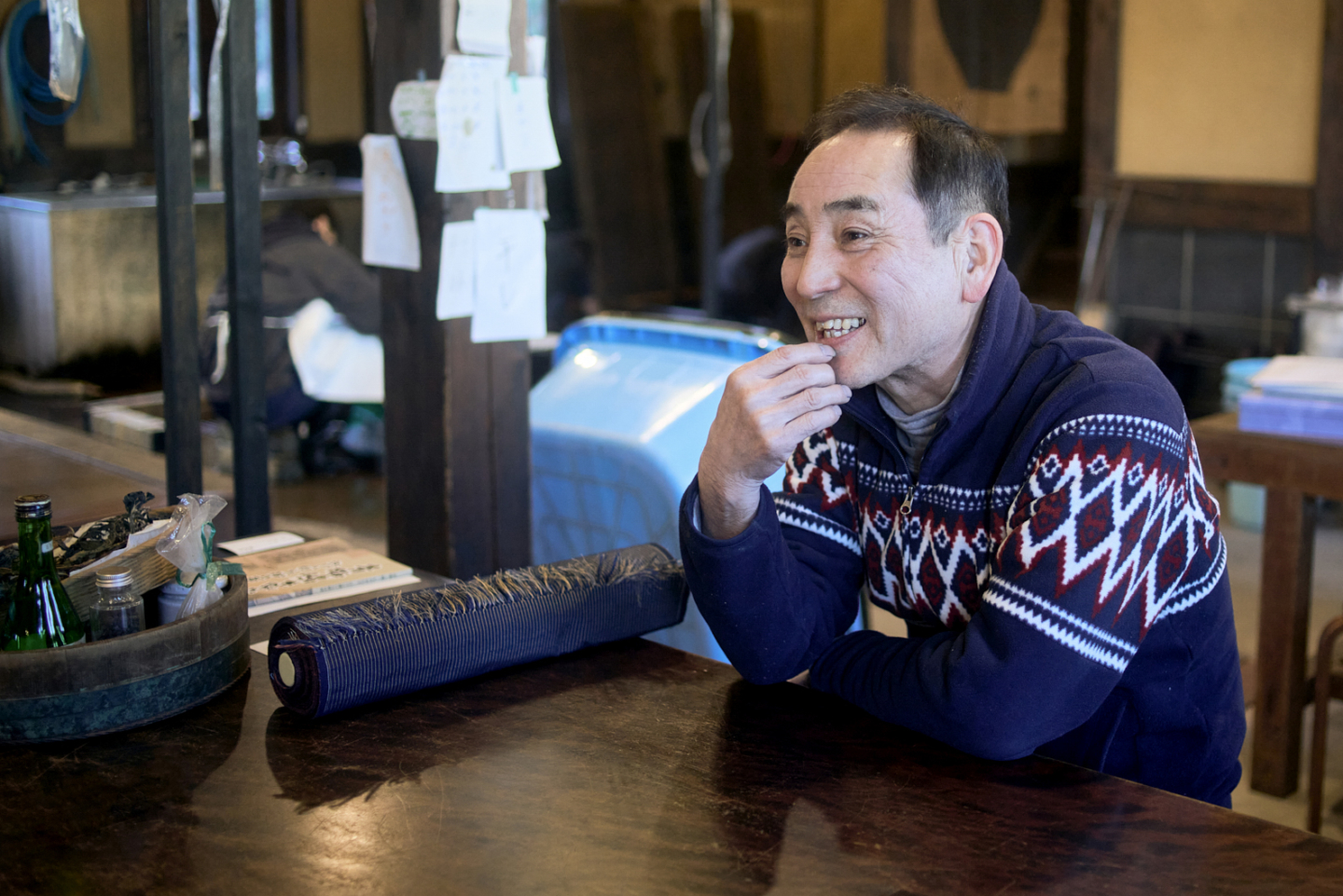
Although indigo dyeing has ancient roots worldwide, few places preserve traditional methods today, even abroad. Craftspeople from Asia, Europe, the Middle East, and Africa now travel to visit KOSOEN and learn its techniques. Drawing from his own challenges, Murata has made the workshop fully open to visitors. “Anyone can come and observe every step of the process,” he says confidently.
“Japanese indigo dyeing was perfected during the Edo period. From raw materials to technique and coloration, it’s unparalleled—and this heritage continues today. I firmly believe Japan leads the world in indigo dyeing. Preserving these traditional methods is time-intensive, laborious, and costly, but I would never compromise by switching to synthetic indigo or mass production. That would defeat our purpose entirely.”
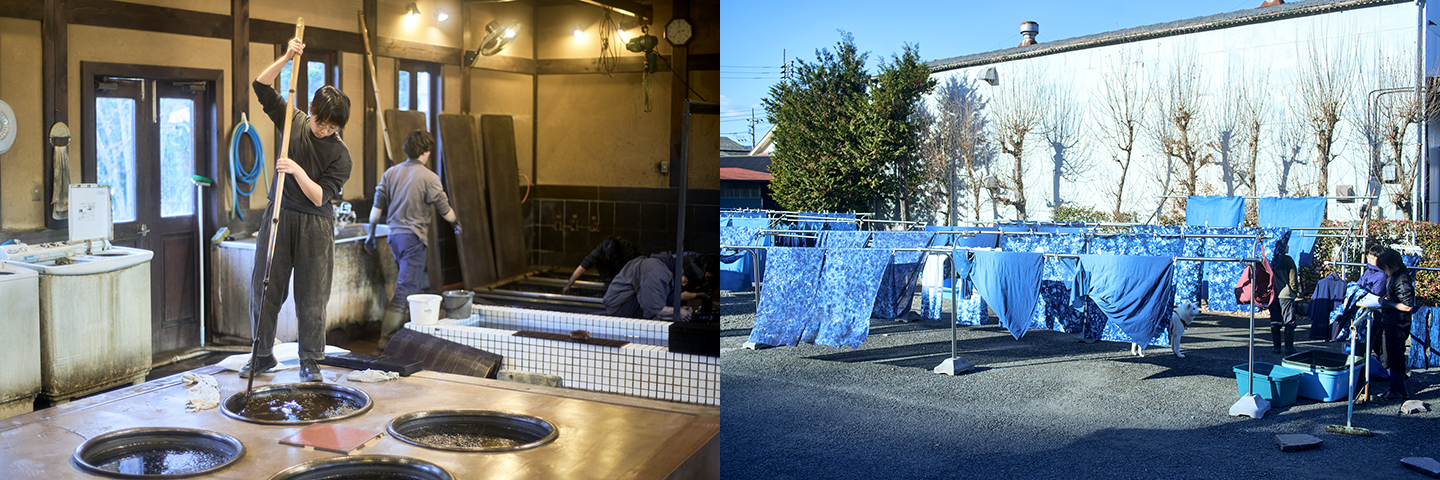
When asked why he insists on using natural materials, Murata’s reply is simple: “Because that’s what indigo dyeing is.” His unwavering commitment to authenticity is complemented by a forward-looking approach. Beyond traditional products, KOSOEN collaborates with famous brands as an OEM (original equipment manufacturer) and develops original modern apparel lines using indigo dyeing.
Murata’s efforts have not only revived a lost local treasure but also illuminated a path for the future of natural indigo dyeing. Young craftspeople now flock to KOSOEN to inherit these techniques. Watching their dedication, Murata’s eyes—after more than 40 years in the field—still gleam with a youthful passion. Thanks to this shared enthusiasm and belief in the Edo-era techniques, the tradition of indigo dyeing will undoubtedly endure for generations to come.


